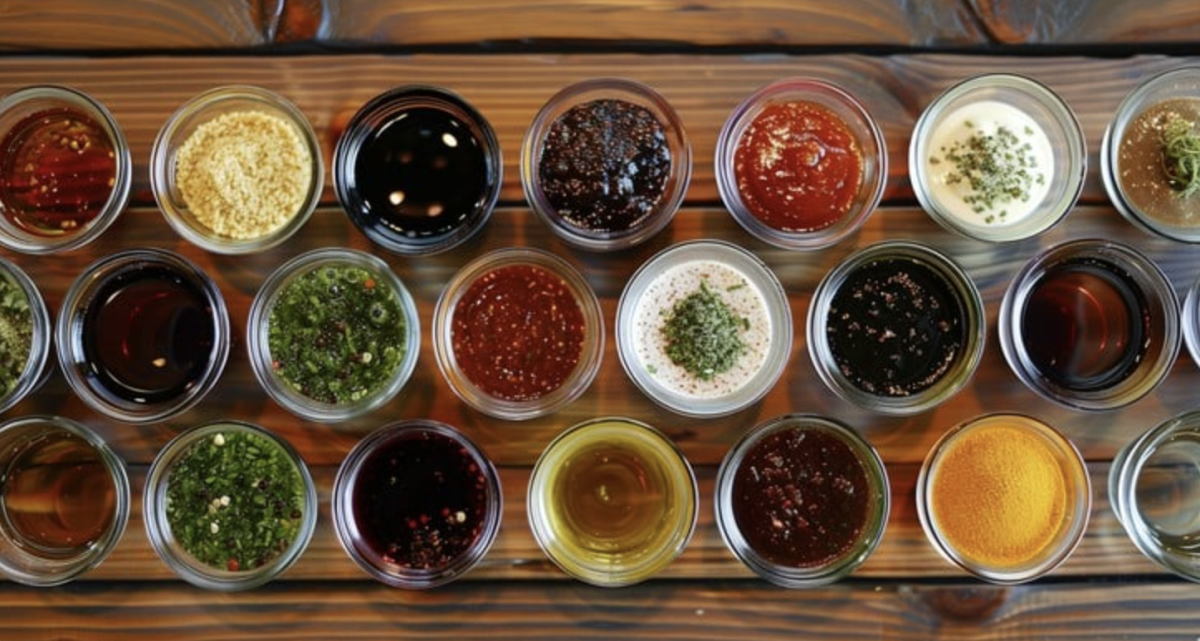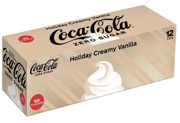
That moment is all too familiar—you're organizing the refrigerator door and discover a collection of condiment bottles that have quietly aged into questionable territory. Maybe it's the ranch dressing from last spring's salads or the barbecue sauce left over from summer cookouts. While it's tempting to give everything the sniff test and carry on, some condiments deserve more scrutiny than others, especially as you get older and your immune system may not bounce back as quickly from foodborne illness.
The reality is that condiment confusion affects millions of Americans. The US restaurant industry generates a yearly amount of 160 billion pounds of spoiled food waste annually, and much of that stems from uncertainty about what's still safe to eat versus what needs the heave-ho.
Understanding what those dates really mean
Here's something that might surprise you: according to the United States Department of Agriculture, food expiration dates refer to food quality, not food safety. Even more interesting? Federal regulations do not require that expiration dates be put on meat, poultry, eggs, dairy, cans, and boxed foods—though baby formula is the only product that requires an expiration date.
Those dates you see are generally suggestions for peak flavor and texture, not hard deadlines for safety. That said, once you crack open a jar or bottle, the game changes completely.
"Once a bottle is opened, the shelf life can be significantly reduced due to increased exposure to bacteria"
The difference between best by, sell by, and use by can be confusing, but here’s the gist:
- Sell-by: For the store, not you. It’s about inventory.
- Best-by: Peak flavor and quality. After this, taste and texture may decline.
- Use-by: The last date recommended for top quality. After this, safety can’t be guaranteed.
Also read: Are food labels tricking you? What those dates really mean
The risky five: condiments that won't give you a second chance
While many condiments can safely outlast their printed dates, five categories pose genuine health risks when kept too long, particularly for older adults whose immune systems may be more vulnerable to foodborne pathogens.
1. Mayonnaise and mayo-based sauces
Mayonnaise tops the danger list for good reason. This dressing has a creamy mayonnaise base and can spoil, potentially causing foodborne illness. The egg and oil emulsion creates perfect conditions for bacterial growth once exposed to air, moisture, or contaminated utensils.
This includes all the mayo-based favorites: tartar sauce, aioli, remoulade, and those delicious sandwich spreads. Even commercially prepared mayo with preservatives should be used within two months of opening and kept consistently refrigerated.
2. Creamy salad dressings
Ranch, blue cheese, Caesar, and thousand island dressings share similar risks. These dairy and egg-based products can harbor dangerous bacteria like Salmonella, especially problematic since many people store dressing bottles in the refrigerator door, where temperature fluctuations are common.
Watch for separation, changes in texture, or off odors—but don't rely on your senses alone. These dressings can harbor harmful bacteria without obvious signs of spoilage.
3. Horseradish
Unlike its shelf-stable cousin, fresh horseradish loses potency quickly and can develop mold or undergo fermentation once exposed to air. The compounds that give horseradish its kick break down rapidly, and what remains can become a breeding ground for unwanted microorganisms.
4. BBQ sauce and ketchup
While these seem bulletproof with their high sugar and acid content, they eventually succumb to fermentation or mold growth. Mustard can last up to a year in the fridge, but chuck the salsa after 1 month, mayo after 2, BBQ sauce after 4 months, and ketchup after 6 months, according to New York's Department of Agriculture.
5. Pickles and pickle products
Even though pickles are preserved in brine, they can degrade once exposed to air or contaminants. Using dirty utensils or fingers to fish out pickles introduces bacteria that can multiply in the jar, creating cloudy brine and potential health hazards.
Red flags for any condiment
Look for these warning signs regardless of the expiration date:
- Separation or curdling
- Mold growth (any color)
- Off odors or rancid smells
- Changes in color or texture
- Cloudy liquids that should be clear
- Fizzing or bubbling (indicates fermentation)
Also read: Kitchen killers? What these 10 kitchen items are doing to your health and safety!
Smart storage strategies for busy kitchens
The key to condiment safety lies in proper storage and rotation. Here are practical steps that work for real life:
1. Temperature matters most. Store opened condiments in the main body of the refrigerator, not the door. Temperature fluctuations in the door can cut shelf life significantly.
2. Label everything. Use a permanent marker to write the opening date on every jar and bottle. Your memory is good, but it's not perfect, especially when dealing with multiple similar items.
3. Practice the “first opened, first used” rule. Keep newer items behind older ones, restaurant-style. This simple rotation prevents forgotten bottles from lurking in the back.
4. Use clean utensils every time. Double-dipping or using contaminated spoons introduces bacteria that can multiply rapidly in the right conditions.
5. Buy appropriate sizes. If you're cooking for one or two people, smaller containers reduce waste and ensure you'll finish products while they're still fresh.
Did you know?
The “sniff test” isn't reliable for many spoiled condiments. Some dangerous bacteria produce no noticeable odor, while others can be masked by strong flavors like blue cheese or horseradish.
The economics of condiment safety
Food waste frustrates everyone, especially when grocery budgets feel tight. However, the cost of foodborne illness—medical bills, missed activities, and the misery factor—far outweighs the price of a replacement jar of mayo or bottle of dressing.
Consider that treating a serious case of food poisoning can cost thousands in medical care, not to mention the weeks of recovery time. For seniors, foodborne illnesses can be severe, sometimes requiring hospitalization.
A middle-ground approach works well: use your senses as a first check, but respect the science behind expiration guidelines for high-risk items. When in doubt with egg-based, dairy-based, or acidic condiments, err on the side of caution.
Creating a condiment maintenance routine
Make condiment checks part of your regular kitchen routine. Once a month, spend a few minutes reviewing what's in your refrigerator door and pantry. Check dates, look for signs of spoilage, and note what needs using soon.
Keep a running grocery list on your phone or a notepad, and add condiments to replace before you run out completely. This prevents the “expired mystery mayo” scenario and ensures you always have fresh flavors on hand.
Also read: Is your medicine cabinet hiding dangerous items? Find out what to toss—and how to do it safely!
Your condiment safety checklist
- Store opened items in the refrigerator's main compartment, not the door
- Write opening dates on every jar and bottle
- Replace mayo-based products every 2 months, creamy dressings every 3 months
- Trust your eyes and nose, but don't rely on them exclusively
- When in doubt about high-risk condiments, throw them out
- Buy smaller sizes if you use condiments infrequently
The golden rule for condiment safety is simple: when you're genuinely unsure about a product's safety, especially those containing eggs, dairy, or opened acidic products, choose caution over thrift. Your health and peace of mind are worth more than the cost of a replacement condiment.
Remember, proper storage and rotation prevent most condiment crises before they start. With a little attention and the right habits, you can enjoy all your favorite flavors safely while minimizing waste.
Read next:
- Taking expired medications can be deadly. Discover the ones you must avoid at all costs!
- 7 healthiest condiments you can find at the supermarket, according to registered dietitians
- Think that swollen food packaging is safe? Here’s why you might want to think twice before your next meal
What's your strategy for managing condiments in your kitchen? Have you discovered any clever storage tricks that help keep track of what needs to be used soon? Share your experiences in the comments below.






